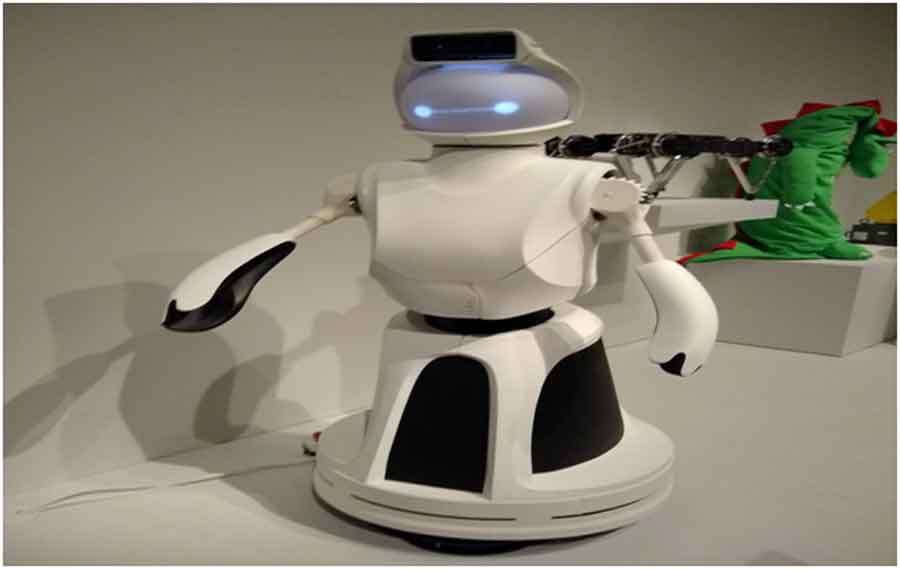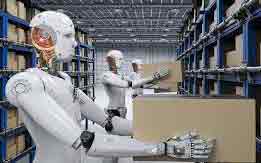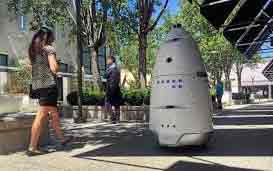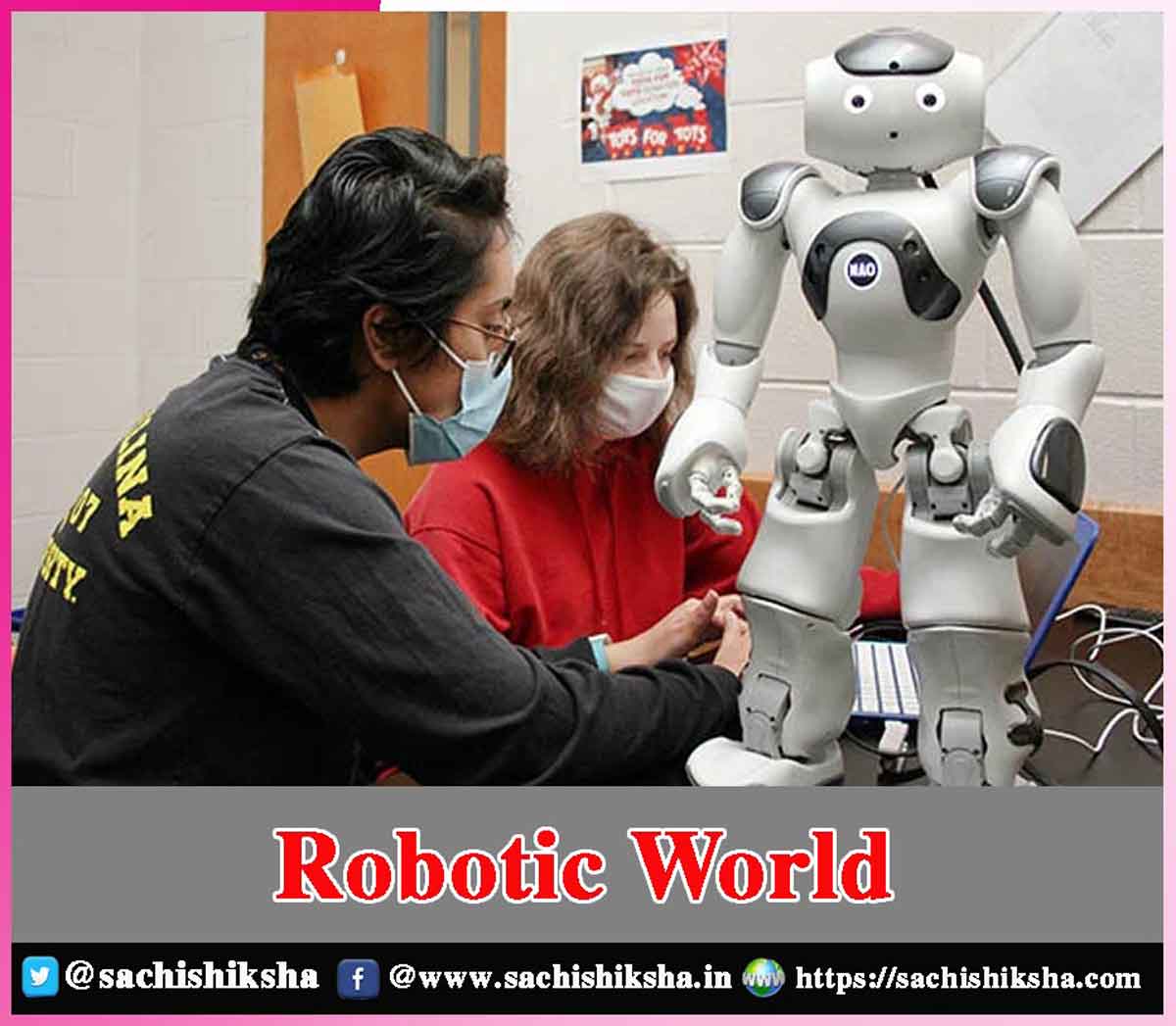Robotic World
Introduction: The advent of robots marks a significant milestone in human history. The progression from rudimentary automation to sophisticated artificial intelligence has led humanity into a new era where robots are integral to our daily lives. As we delve into the realm of robotics, it becomes evident that we are on the cusp of an age where the line between humans and machines begins to blur, giving rise to what many call the “Robotic World.
Table of Contents
The Genesis of the Robotic World

In the mid-20th century, we witnessed the birth of the first programmable robot, the Unimate, developed by George Devol and Joseph Engelberger. This marked the beginning of a new era, as robots transitioned from mere machines to intelligent entities capable of performing complex tasks. The subsequent decades saw exponential growth in the field of robotics, with advancements in more sophisticated machinery finally leading to artificial intelligence and machine learning.
The Evolution of Robotics

Another milestone in the evolution of robotics is the creation of humanoid robots. With their human-like appearance and movements, these robots can completely transform several sectors, including healthcare, entertainment, and customer service. Companies like Boston Dynamics have made significant strides in this field, creating robots such as Atlas and Spot, capable of performing a wide range of tasks with remarkable dexterity and agility.
The Impact on Society

However, the Robotic World is not just about automation but also about augmentation. By working alongside robots, humans can enhance their capabilities and accomplish tasks that were once thought to be impossible. For example, robots are used in medicine to assist surgeons during complex procedures, resulting in better patient outcomes. Similarly, in the manufacturing sector, robots work alongside human workers to increase efficiency and safety in the workplace.
The Ethical Implications

Another ethical dilemma the Robotic World poses is the question of robot rights. There’s a growing discussion about robots’ increasing autonomy and sophistication over whether they should be granted the same rights and protections as humans. Should robots be treated as mere tools, or should they deserve to be recognized as sentient beings with their rights and freedoms? The society must grapple with these questions as the line between humans and machines blurs in the coming years.
The Future of the Robotic World
As we look to the future, it is clear that the Robotic World holds great promise and potential. With artificial intelligence and robotics advancements, we can expect robots to play an increasingly important role in various aspects of our lives. The possibilities are endless, from self-driving cars and delivery drones to robot caregivers and companions.
However, the future of the Robotic World has its challenges. In addition to the ethical implications mentioned earlier, concerns about the potential for robotic technology misuse and abuse exist. Robots have the potential to become more dangerous as they become more sophisticated and independent, as they can be used for nefarious purposes, such as surveillance, warfare, and even terrorism. To prevent this, it will be essential for policymakers to establish regulations and safeguards to ensure that robots are used responsibly and ethically.
Conclusion
In conclusion, the Robotic World represents a new chapter in human history, where humans and machines coexist and collaborate in ways never imagined. While undoubtedly challenges and ethical dilemmas lie ahead, there is also great potential for innovation and progress. By embracing the Robotic World and harnessing the power of robotics for the greater human welfare, we can build a safer, more efficient, and more equitable future for all.
















































